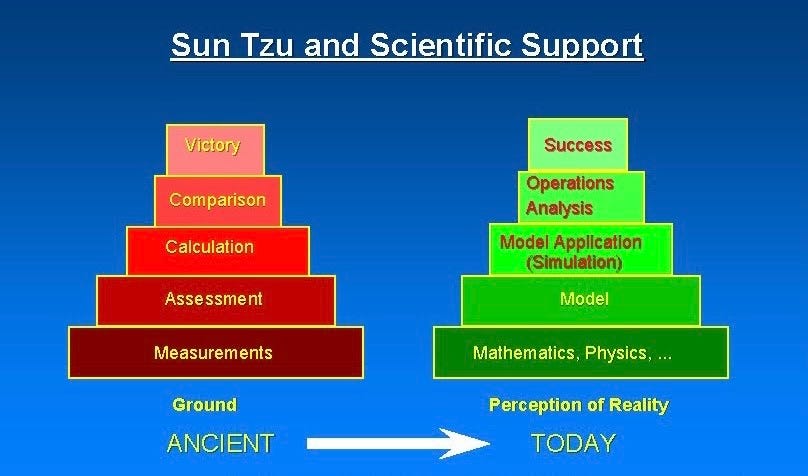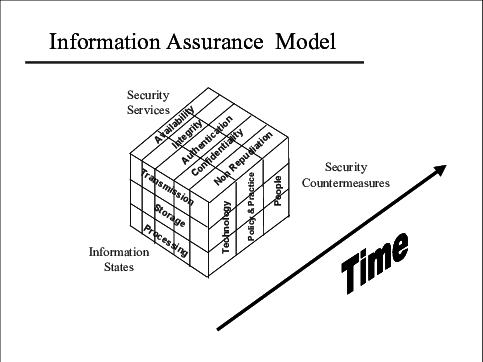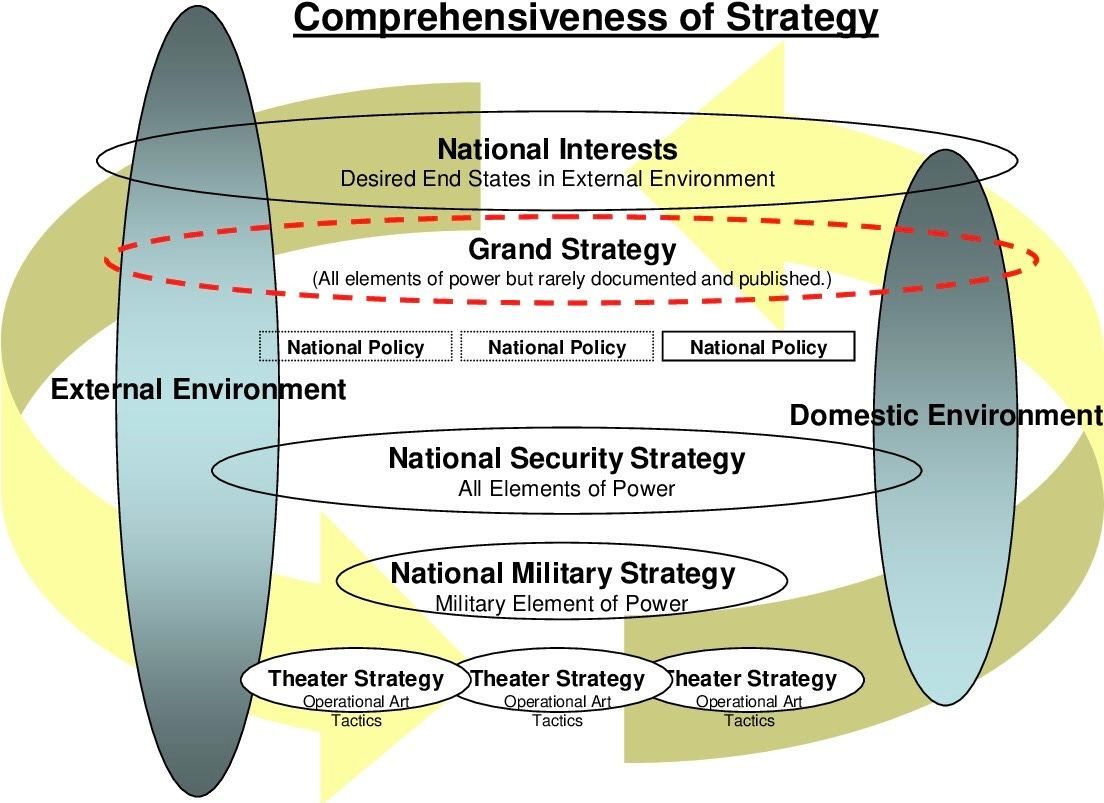Hail to the Content
Recently, as I was reconnecting with my inner amateur musician—who I abandoned more than six years ago due to lack of talent— I started playing with a software for music creation. While trying to find my way through the myriad of buttons and settings, I felt that something I have definitely felt before, something I can try to describe as learning sickness, which is that sigh, that sudden realization that between me and the topic or thing I want to understand there is a wide, fat gap which includes a lot of text to read, tinkering, trial and error, and more fundamentally a lot of time to be invested to connect an unknown amount of dots. As much as I love learning new things, every now and then I feel like Charles Holland Duell (former Commissioner of Patents of the United States Patent Office) and his hysterical —and probably apocryphal— remark from 140 years ago when he stated1: “everything that can be invented has been invented”. Sometimes I feel that everything I had to learn, I have learned. Being fully aware this is absolutely wrong, I tend to rapidly come back to my senses and accept that I must soldier on—obviously, there is still so much to learn out there and that, in fact, it is fun to learn. Sure, when the learning experience is designed to be fun.
Learning and absorbing knowledge can be a totally different experience depending on the quality of the content—if concise and precise, riding a learning curve can be actually enjoyable. While the gap is still there, it is reassuring to consume content you perceive has solid thinking behind it, which speeds up the process because you just stop minding the gap and time just flies as you go less and less ignorant.
This crosscuts every scenario where knowledge and learners (of disparate avidity and quantity) mingle together:
Courses or lectures.
Internal presentations to your colleagues to convey a new idea or project
Material for newcomers wanting to learn about technology or the products the company they have just joined makes, or the ethos of the organization, its culture, etc
Talking to investors for fundraising
Mentoring
Content marketing: creating technical material for potential customers to understand complex products or technologies
Documentation (internal or external): manuals, handbooks, cheatsheets, datasheets, white papers
Very few things obsess me more than content and communication quality. For some strange reason I can’t explain, I put a massive weight on making sure that the ideas and the content I create (or the content I am supposed to review and approve) is clear, concise, precise, original, and fun to read. I can take it to ridiculous levels such as questioning commas, or em dashes. One time, I critiqued a document from a former colleague from the IT department. It was a HOWTO guide about network usage which had an unforgivable flaw, at least to me: broken hyperlinks. In time —and after some initial saltiness from the author after my remarks—the document became a recurring joke between us and at some point we decided to put an end to the amicable feud by uploading the doc to a satellite and send it to space. Next time you look up to the sky, a flawed HOWTO document with dead links could be flying over your head. Not all documents enjoy such a sophisticated recycling bin.
While I was working for a previous employer back in my home country, I would have this bi-annual performance evaluation from my direct boss. This company had set a list of topics and areas to assess, to be scored in a 1-to-10 scale, being 1 the worst score (almost never given) and 10 the best (also almost never given). As expected, my scores were largely on the average (no surprise there), but there was only one area where my boss told me I was somehow above-average: presentations—he gave me a 10. Now, there are two possible ways of taking this as an engineer: 1. as an insult because it meant I sucked at the technical things I was supposed to be good at and I seemed to be only good at powerpoint slides or 2. As a compliment and validation because it meant I was creating content which was of good quality for my colleagues and for customers, and since good content cannot be created without understanding the underlying complexity of the topic being explained, it basically meant I seemed to have a good grasp of the tech I was working on. Perhaps somewhat sophistically, I chose 2, and this still remains a highlight of my career. Note that I am not implying I am good at it in absolute terms, I am only saying I seemed to be good at least in the eyes of my former boss.
Ok but enough about me and my stories. The spirit of this article is to tackle content creation. So, to the point: what does it take to communicate well and to create good content and ease learning curves for our audiences? In my opinion, there are few things to consider. Allow me to elaborate.
Go ‘Native’
Regardless if writing a manual, preparing a presentation, or mentoring someone, there is a condition sine qua non2 (which I hinted above) for good content: you have to really dig the topic you are trying to explain. Sounds obvious? Sure. Still too many content creators writing tons of lines without having a single flying idea what they’re talking about? All over the place. Think of you—as a native speaker of whatever language you speak—reading a text and being able to tell if it the piece was written by another fellow native speaker or not: of course you can always tell when it’s a translation (just as a native English speaker would have noticed by now this article is being written by a non-native English speaker). The same way, no embellished writing, no fancy choice of words nor superb illustrations will sugar coat a poor grasp of the underlying topic. You have to go almost native. If too far over your head, go to the basics, start slow, re read as many times as needed. Embed yourself in the whole thing. Find someone who gets it and is willing to transfer something, or even better—willing to contribute to the material.
Minimalism
I talked about this before in a previous article. We must say less, way less. For presentations, I tend to have this rule: if I can’t explain something in 10 slides, probably I haven’t thought about it properly. Of course there are exceptions, but in my career, I’d say 95% of the presentations I have ever given were 10 slides long or less. When mentoring, do not overdose the occasional mentee with endless sessions of informational blitzkriegs. Mentoring and presentations have a great advantage: they provide a feedback loop from the audience back to you, which written content does not have—you can’t usually see the person reading your content. It is important to read the room (management speak alert) and throttle up or down depending on the reaction of those consuming your content, as they tend to non-verbally speak (yawns, phone checking, unrelated questions such as where is the nearest window to jump out).
Context
There is that famous essay3 from 1996 by Bill Gates which states “content is king”, a phrase which now is parroted ad nauseam. I will paraphrase Mr. Gates if I may be so bold: context is king. The king of kings. If context is not there, nothing is actually there. Any content creator must grow the context first for those who are not into the topic. Creators must always kick off with proper introductory material, including the unavoidable basics—the things that must be understood if they pretend to realistically get anywhere with what is coming next in the material. Picture Walt Disney being randomly unfrozen4 and the first thing he does is to read your material: how do you start?
Storytelling
There is a phrase (from either Oscar Wilde or George Orwell, it’s not clear) that goes: “if you cannot write well, you cannot think well”. Writing is a superpower. Having the ability to put words in a way they make sense is a strong indicator of a functioning brain. But this is a sort of loop. You also think well because you write well. Writing allows you to see your thinking in words and sentences, and that reflection feeds back into the idea which originally spawned the words. When you write, you come back to the paragraphs on and on, you check if the words represent your thinking, and if not, you remove things, add new things, adjust. You may spend hours thinking about removing or not a single word. It can be daunting. Before creating content, you must think. Nothing is more important. Regardless of what you’re talking about—business plans, product architecture, a roadmap, an angry letter to your home insurance.
Overarching writing and thinking, it’s storytelling. You can be the best writer, a superb thinker, and still lack the capacity of telling a story. Storytelling means connecting ideas in a way they follow a narrative which seamlessly matches whatever your vision is, and connecting them in an attractive way. Storytelling augments reality by sticking things together in a way they are more than the sum of their individual contributions. Stories must be brief. Time is king. Everyone is busy. Here’s some ugly news: nobody wants to read your stuff. That’s a fact. So, you better come up with a great story. You need to capture attention, and you have to do it fast. Attention is the real asset these days. So, better think of a solid story that will make them stop staring at their phones and feel they must look at your slides, or read your document. Your material must bring them to the edge of their chairs. Nice colors, logos and fonts help, sure. But the story is what matters. It has to be quick, clear, compact, and it must be awesome.
But how do you do that? How do you tell a story? Well, just like Steven Pressfield says in Nobody Wants to Read Your Shit5, like movies do:
Build the tension, and then pay it all off. That’s how jokes are told: setup, progression, punch line. That’s how any story is told. Have you ever tried to seduce someone? The hook, the build, the payoff. Theater works in three acts, Shakespeare as well. Do you know something they don’t?
Disambiguation and Acronyms
In South America most countries speak Spanish, so we understand each other pretty well. Still, different countries use exact same words to refer to totally different things, and it doesn’t take too long until someone tells you that the word you are shouting in the open means something related to genitalia there. The same engineers do across disciplines, where each one grows its own micro-jargon. So, fun begins when targeting a multidisciplinary engineering audience where they can be overly confused with words which mean different things depending on the university degree of who you ask. Even worse, they might not be aware of their confusion, happily going home thinking they understood correctly when in fact they did not. And acronyms do not really help to solve the mess—and engineers love them. Always unpack acronyms, unless you are absolutely certain the audience of your content will be able to discern what EGSE, AOCS, FDIR, OBC, TTL, CCSDS, NRE, SDLP, API, ICMP, LEO, MEO, GEO, CPU, ADC, MCU, UART, FMECA, IOT, JTAG or GPIO mean, just to name a popular few6.
Tone
Content must use a colloquial tone (except required otherwise). Unless you are creating content for Her Majesty The Queen, choose a tone which reflects closeness and not distance or coldness. I tend to use a conversational tone and this helps me to bring the hypothetical learner or consumer closer to me, as if it was a chat more than a lecture. Let the lawyers talk like lawyers.
Typos
Come on, typos still in 2021? Seeing typos in content is almost insulting for the audience. With the myriad of auto correction tools, text suggestions and auto complete, and the multiple reliable dictionaries online, a typo nowadays gives a strong message of laziness and lack of detail orientation which I tend to find almost offensive. Edit: yes there might be typos in this article which I’ll hunt down as I re read this like a hundred times after publishing it.
Graphical Depictions
I come back to this again, and to the postulates I wrote about in the book: 1. Block diagrams are only fully understood by those who drew them (Edit: Ha! typo) . Corollary: there are as many interpretations of a block diagram as people in the audience. Yes, conveying information in graphical ways can be tempting but it is really tricky. And it is not something graphic designers can really help with—a shitty block diagram is a shitty block diagram regardless how nice it looks, how many shades you add to it or how 3D-looking the boxes are. Drawing good block diagrams is a semantic challenge, not a visual one. See below some examples of real-life semantically broken diagrams provided by the equally semantically broken defense industry7:

Buzzwords
Avoid at all cost. Think as if every time you use a buzzword, a baby panda bear is taken away from its mom.
Clueless audiences may react in disparate ways
More often than not I have found myself pitching the products we make to non-space investors or business people. Not everyone knows about space, so I have found in these situations a great challenge for me as content creator to bring an —a priori— uninformed audience up to a decent level of understanding about the topic I’m covering. When people don’t understand something in these kind of contexts—where the audience is not obliged to listen to you at all and they are more or less doing you a favor—they may react either by wanting to understand or by not caring and wanting to move on. For the ones who don’t get it and don’t care about getting it, then that’s that, thank you so much, see you around. Fair enough. Now for those who want to understand but the content provided was not enough, the risk of them going into rabbit holes where they end up comparing apples with oranges is high, which can be counterproductive for what you’re selling. Some time ago, an investor I was pitching to bought 7 books (seven!) about space technology after our chat. I saw the damn pile of books on his table during our last call. I took that as a massive fail from me—such an overshoot is a clear indication my content was not good enough and it created more gaps than the one it tried to solve. Of course the investment never happened, the poor guy must still be reading.
Content Begets Content
Eventually, the content you create starts connecting to itself. Just as I did in this article by adding some links to articles I have written before, you will be able to point your current content to your previous content to augment a point of view, or to elaborate better on a topic. The beauty of content creation is that, at any rate, content starts supporting itself and creates a flywheel effect.
###
A condition without which something could not be
Note that the myth of Walt Disney’s body being frozen has been debunked multiple times.
https://www.goodreads.com/en/book/show/30556551
If you knew what all these acronyms meant without googling, call me.
For more of these semantic abominations, check https://twitter.com/DefenseCharts



